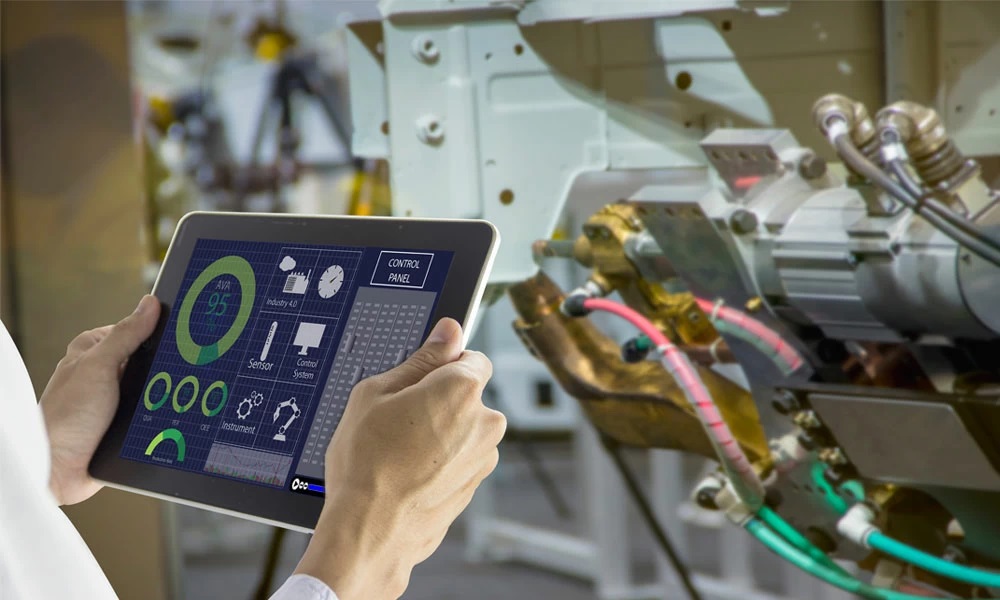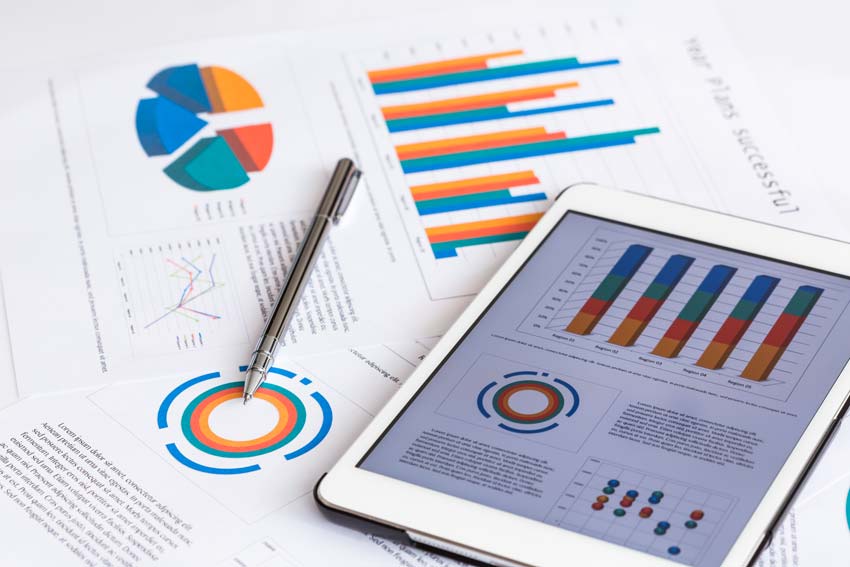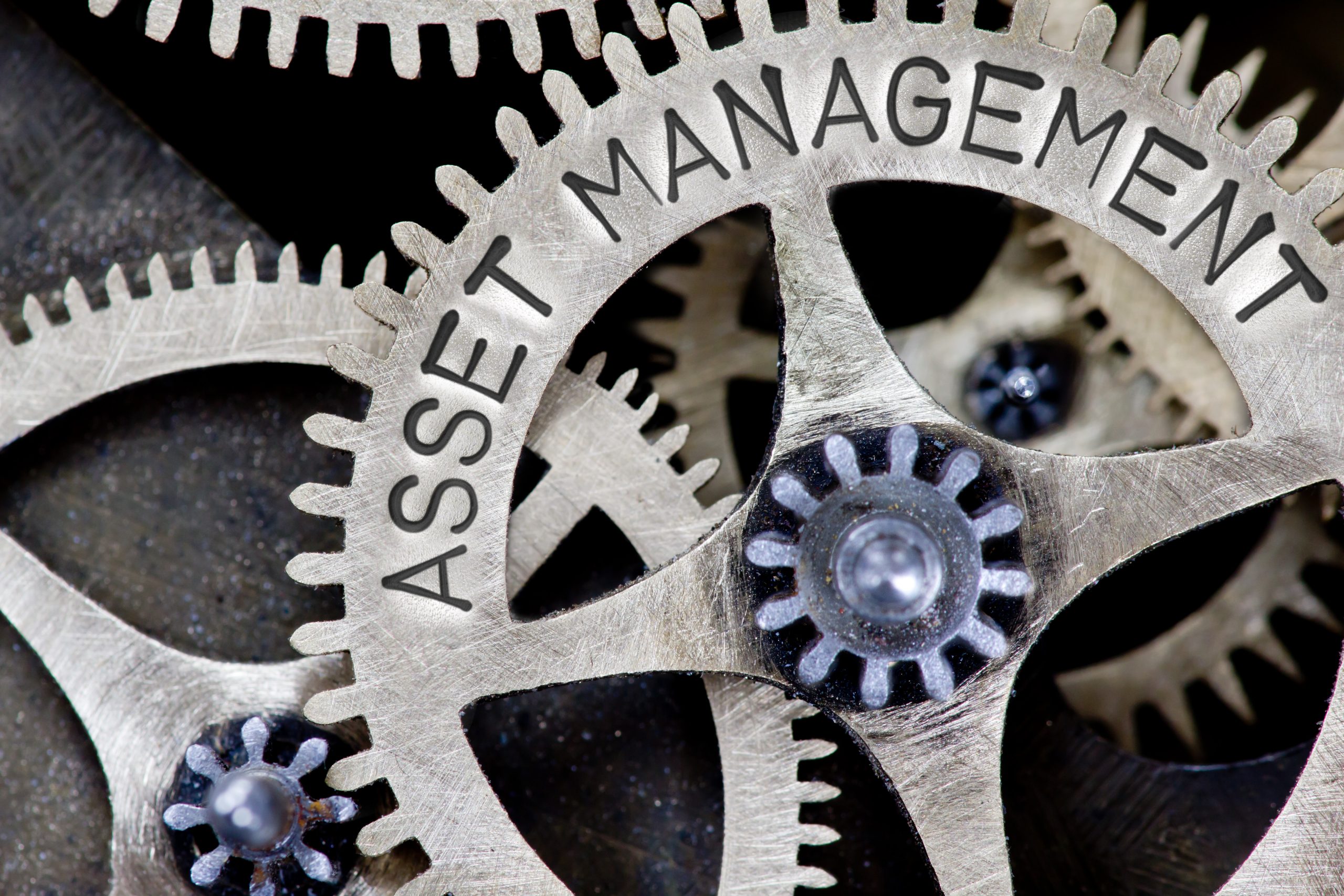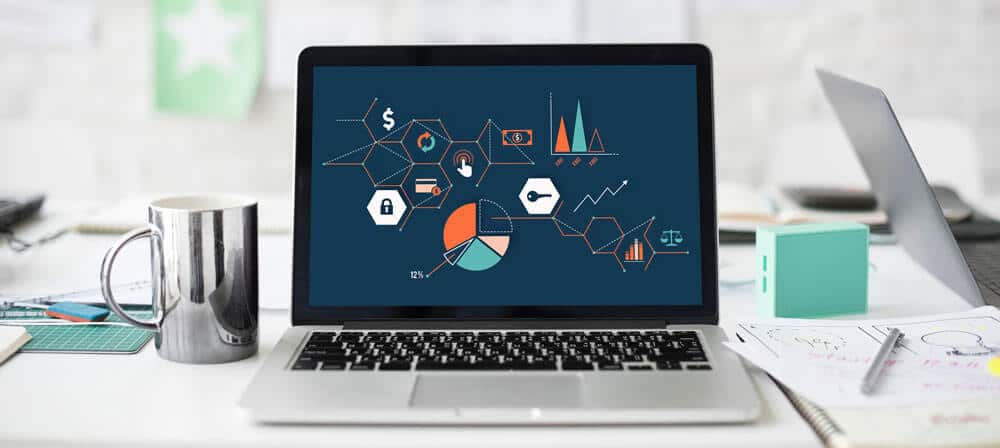Improve Asset Monitoring with EAM Mobile Applications
 Real-time asset condition monitoring is vital for asset-intensive industries such as Oil & Gas, Mining, Power, Energy, Utilities, Manufacturing, Pharma and Chemicals. The effective asset management can be achieved when your CMMS or EAM systems keep track of the assets and notify the team about asset criticality on demand.
Real-time asset condition monitoring is vital for asset-intensive industries such as Oil & Gas, Mining, Power, Energy, Utilities, Manufacturing, Pharma and Chemicals. The effective asset management can be achieved when your CMMS or EAM systems keep track of the assets and notify the team about asset criticality on demand.
In order to tackle this, there are a variety of EAM Mobile applications available that enables plant maintenance executives to monitor assets on the go. But one should be careful before selecting the right mobile application for EAM, otherwise, the investment made may not yield the desired result. Below are few key points to be considered before going for a mobile application.
What business functions should move into a mobile application?
Functions which require real-time asset monitoring and management must be identified and prioritized since it is not practical to move all business functions of an EAM into mobile. At the first, Service engineers, plant maintenance staff, and plant operations team at the production site who are working remotely, maintenance schedulers should get all functions to access, capture and manage everyday operations. Work order management, inventory status check, and asset performance management are few key functions required to be in the mobile.
Is it simple to use?
Mobile application will be used by engineers to perform plant maintenance on the field or in a remote production site with extreme conditions such as mines, chiller plants, etc. They should be able to record/update the data on the field and hence the mobile application should provide a simple and faster experience for maintenance technicians. Another important factor is the selection of the device and the sturdiness. The device should withstand the extreme temperatures and high drops.
How secure is your application?
The need for data security is high due to backward integration to organization’s ERP, CMMS and EAM systems. Developers must ensure all transactions are encrypted to avoid malware that challenges the safety of the organization’s data. The encryption should provide for tracing back messages, notifications and any actions either at the end user or server level. The mobile application should also contain GPS tracking to trace the lost device or misuse.
Possible for Online Application Updates?
Mobile application development is not a one-time deal but an ongoing activity. Mobile platforms and trends change quickly, and applications need to be ready to change with them. Make sure the application is planned for updates and future ready.
How rugged is the device and the platform?
Another tough job is device selection, mostly the maintenance engineers work in harsh environments such as mines, chiller plants, smelters, thermal plants, etc and electronic devices fail at such extreme conditions hence the offshore device must be sturdy to operate.
Can it scan bar codes and view document?
The solution must be capable of reading bar codes which will help technicians to quickly report any anomalies and eliminates the errors. It is also good to have advanced features like geo-tagging which will identify the functional location of the asset and quite useful in auditing and tracking of equipment. Document viewing is also important for technicians when fixing assets where SOP (Standard operating procedures) are stored in .pdf.
Can it perform tasks in offline Mode without data loss?
Most mobile application requires an internet connection for the functioning of the app. But in contrast, EAM users work in remote areas where internet connectivity is not consistent. Consider a transmission and distribution industry where technicians/users perform transmission lines inspection in very remote areas and sometimes inside mines. The mobile solution should have an online mode and offline mode. When online data is synchronized with the system an offline user can perform his tasks/duties in without loss of data and synchronized when the device comes online.
Do you monitor assets in real-time? Learn more from our Asset Management experts.





